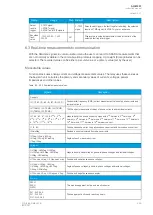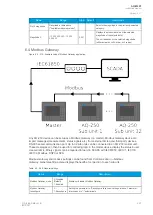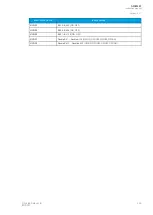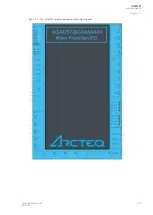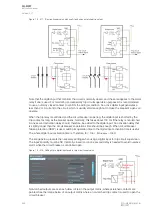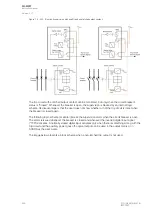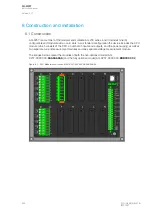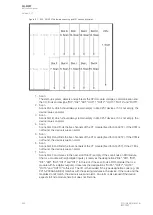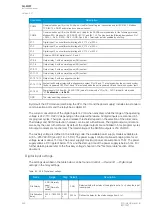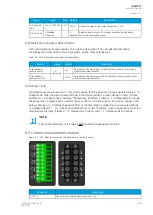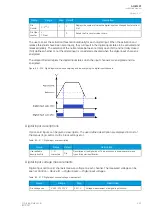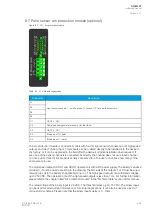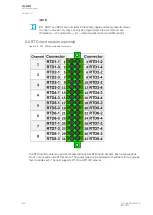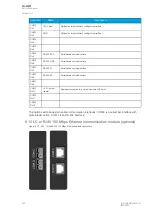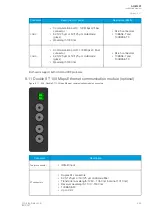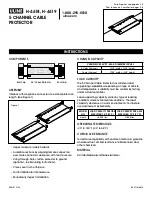
Figure. 8.1 - 223. Modular construction of AQ-X257-XXXXXXX-BBBCCCCCJ
The modular structure of AQ-X257 allows for scalable solutions for different application requirements.
In non-standard configurations Slots from F to N accept all available add-on modules, such as digital I/
O modules, integrated arc protection or another special module.The only difference between the slots
affecting device scalability is that Slots M and N both also support communication options.
When an add-on module is inserted into the device, the start-up scan searches for modules according
to their type designation code. If the module location or content is not what the device expects, the IED
does not take additional modules into account and instead issues a configuration error message. In
field upgrades, therefore, the add-on module must be ordered from Arcteq Relays Ltd. or its
representative who can then provide the module with its corresponding unlocking code to allow the
device to operate correctly once the hardware configuration has been upgraded. This also means that
the module's location in the device cannot be changed without updating the device configuration data
which, again, requires the unlocking code.
When an I/O module is inserted into the device, the module location affects the naming of the I/O. The
I/O scanning order in the start-up sequence is as follows: the CPU module I/O, Slot F, Slot G, Slot H
and so on. This means that the digital input channels DI1, DI2 and DI3 as well as the digital output
channels OUT1, OUT2, OUT3, OUT4 and OUT5 are always located in the CPU module. If additional I/
O cards are installed, their location and card type affect the I/O naming.
The figure below presents the start-up hardware scan order of the device as well as the I/O naming
principles.
A
AQ
Q-M257
-M257
Instruction manual
Version: 2.07
© Arcteq Relays Ltd
IM00021
449
Summary of Contents for AQ-M257
Page 1: ...AQ M257 Motor protection IED Instruction manual...
Page 2: ......

